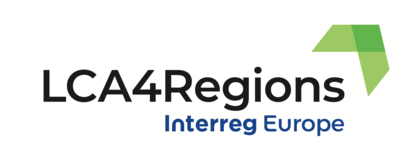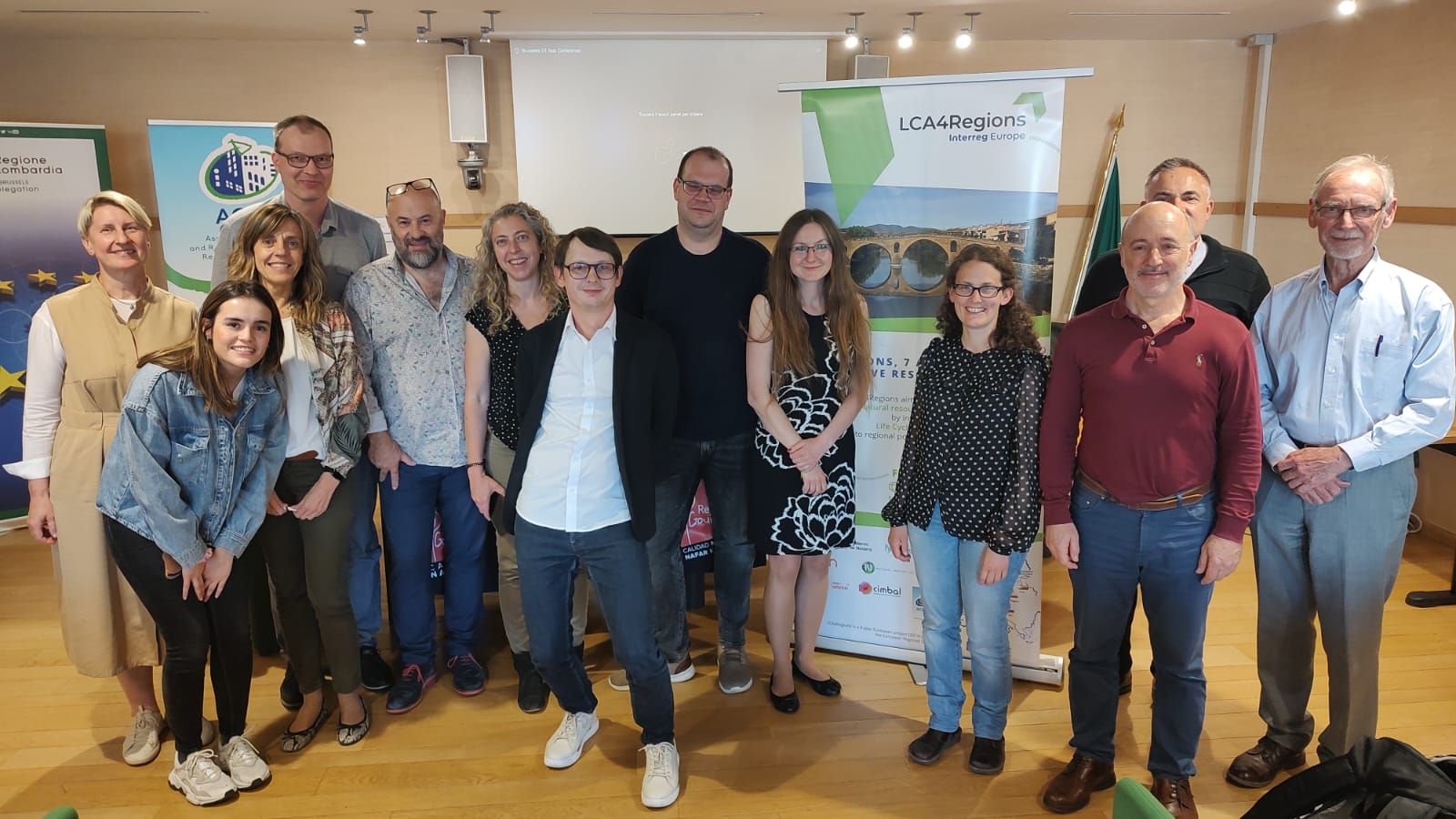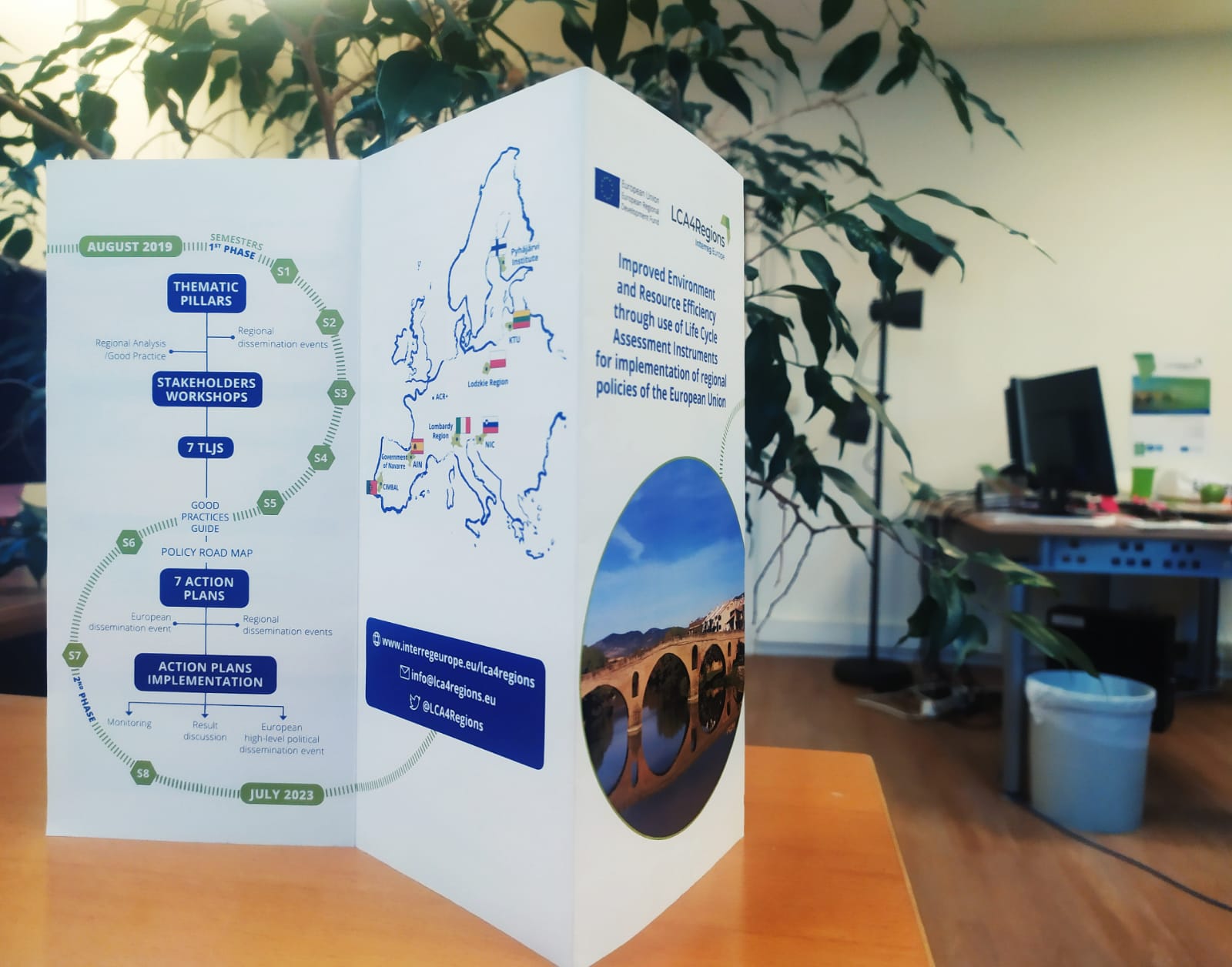The fifth and final episode of the series on the policy context of Lombardy focuses on a national policy instrument, the National Recovery and Resilience Plan.
Although not referring directly to a Programme or policy instrument of competence of Lombardy Region, reference should be made to the most important plan under development at national level in the context of the most important programme at EU level, i.e. the National Recovery and Resilience Plan (Piano Nazionale di Ripresa e Resilienza, PNRR or NRPP), part of the Next Generation EU (NGEU) programme.
NGEU is the € 750 billion package that the European Union negotiated in response to the COVID-19 crisis. Its main component is the Recovery and Resilience Facility (RRF), which will last from 2021 to 2026 with a total size of € 672.5 billion – of which € 312.5 billion is in the form of grants, and the remaining € 360 billion in form of low-interest loans.
The Recovery and Resilience Plan currently presented by Italy envisages investments and a consistent reform package, with € 191.5 billion in resources being allocated through the Recovery and Resilience Facility and € 30.6 billion being funded through the Complementary Fund established by the Italian Government. The total amount of funds envisaged amounts therefore to € 222.1 billion. In addition, a further € 26 billion has been earmarked for the implementation of specific works and for replenishing the resources of the Development and Cohesion Fund by 2032: a total of € 248 billion will thus be available. In addition to these resources, there are also those made available by the REACT-EU programme, which will be spent in the years 2021-2023 in accordance with EU regulations. These funds amount to further € 13 billion.
The Plan is developed around 3 strategic axes: digitisation and innovation, ecological transition, and social inclusion. This intervention aims at repairing the economic and social damage caused by the pandemic, addressing the structural weaknesses of the Italian economy, and leading the country along a path of ecological and environmental transition. The NRRP will substantially contribute to reducing territorial, generational and gender gaps.
The Plan has six missions:
- ‘Digitisation, Innovation, Competitiveness, Culture’ allocates a total of € 49.2 billion to promote Italy's digital transformation, supporting innovation in the production system, and investing in tourism and culture;
- ‘Green Revolution and Ecological Transition’ allocates a total of € 68.6 billion with the main goals of improving the sustainability and resilience of the economic system and ensuring a fair and inclusive environmental transition;
- ‘Infrastructure for Sustainable Mobility’ allocates a total amount of € 31.4 billion. Its primary objective is the development of a modern, sustainable transport infrastructure extended to all areas of the country;
- ‘Education and Research’ allocates a total of € 31.9 billion with the aim of strengthening the education system, digital and technical-scientific skills, research and technology transfer;
- ‘Inclusion and Cohesion’ provides for a total allocation of € 22.4 billion to facilitate labor market participation, including through training, strengthen active labor market policies and foster social inclusion.
- ‘Health’ allocates a total of € 18.5 billion with the aim of strengthening local prevention and health services, modernizing and digitalizing the health system and ensuring equal access to care.
The Plan also includes an ambitious program of reforms to facilitate the implementation phase and, more generally, to contribute to the modernization of the country and make the economic environment more favorable to the development of business activities:
- a Public Administration reform to provide better services, encourage the recruitment of young people, invest in human capital and increase the level of digitalization.
- a justice reform to reduce the length of legal proceedings, especially civil proceedings, and the heavy burden of backlogs.
- simplification measures horizontal to the Plan, e.g., in matters of permits and authorizations and public procurement, to ensure the implementation and maximum impact of investments.
- reforms to promote competition as an instrument of social cohesion and economic growth.
The NRRP will have a significant impact on economic and productivity growth. According to the Italian Government, 2026 will see GDP rise 3.6 percentage points higher than in a baseline scenario that does not include the introduction of the Plan.
The governance of the Plan envisages direct responsibility of Italian Ministries and Local Governments (including Lombardy Region) for carrying out the investments and reforms that they are to implement within the agreed timeframe, and for the regular, proper and effective management of resources. It is estimated that Local Authorities will be responsible for investments for more than € 87 billion in the context of the NRPP.










